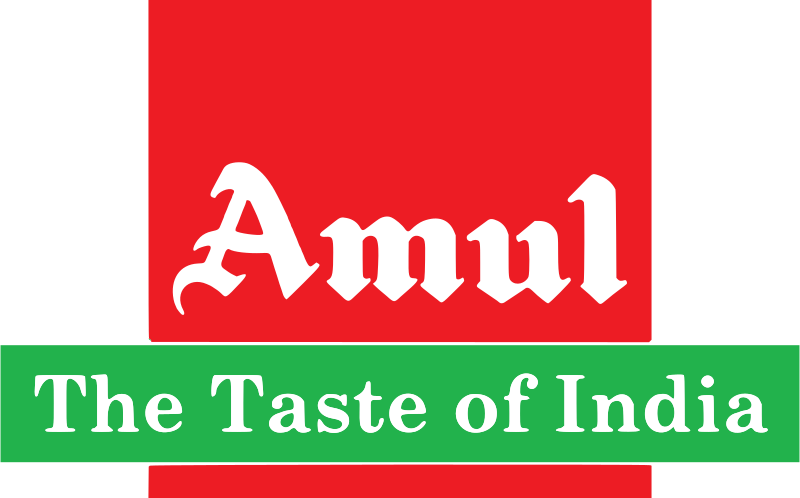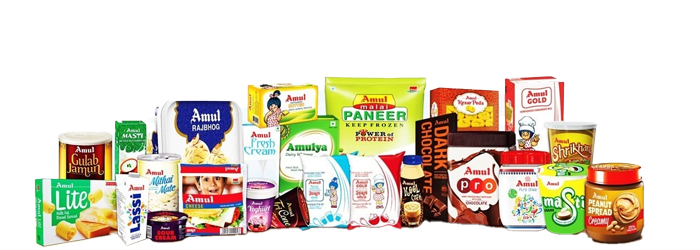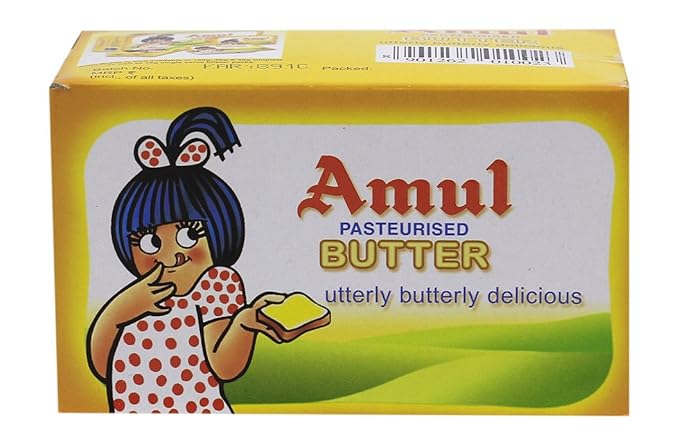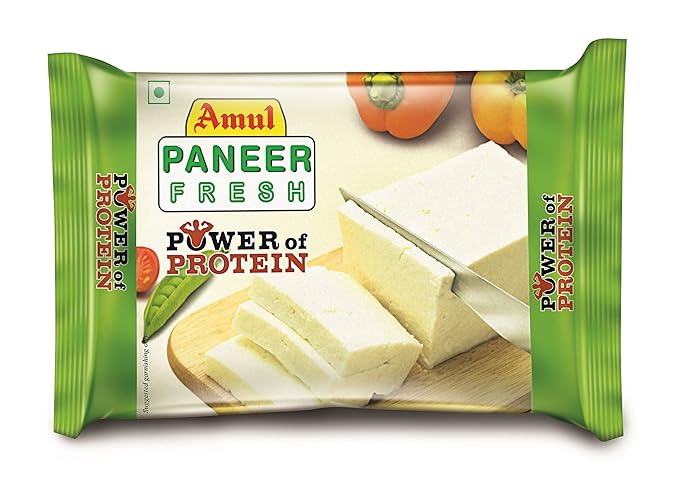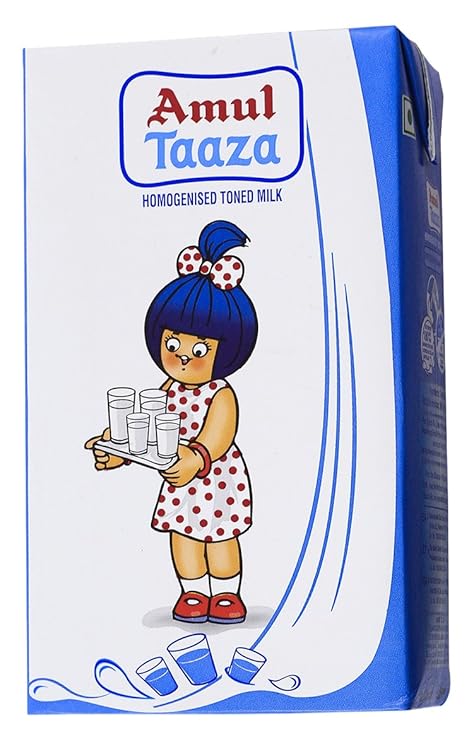Brand Overview
Brand:
Amul
Parent Company:
Gujarat Cooperative Milk Marketing Federation (GCMMF)
Core Categories:
Foods
Taglines Over the Years:
The Taste of India
Historical Context & Market Entry
India in the 1940s–50s:
- Milk distribution controlled by middlemen.
- Exploitative pricing for farmers.
- Frequent milk shortages in cities like Mumbai.
- Born out of a farmers’ revolt in Anand, Gujarat, against unfair trade practices.
- Spearheaded by Verghese Kurien, Amul created a cooperative model empowering milk producers.
- Ensure fair milk prices for rural farmers.
- Provide quality dairy products to urban consumers.
- Break the monopolistic hold of private vendors.
Marketing Mix (4Ps)
Product Strategy
Initial Products:
- Pasteurized milk, butter, ghee, and baby food.
- Milk, curd, paneer, cheese, butter, cream, chocolates, beverages, ice cream, sweets, ready-to-eat snacks.
- Packaged innovation: tetra packs, pouches, ice cream cups, and value-added dairy products.
- Amul Butter
- Amul Milk (Toned, Full Cream)
- Amul Cheese
- Amul Ice Cream
- Amul Kool (flavored milk)
- Amul Gold / Taaza milk brands
Pricing Strategy
- Affordable pricing to ensure mass accessibility.
- Focus on volume over margins, especially in staples like milk and butter.
- Premium pricing for niche offerings like chocolates and gourmet cheese, but always value-based.
Promotion Strategy
Brand Positioning:
- Pride of India, people’s brand, rural empowerment, nationalist values.
- Emphasis on trust, purity, and quality.
- Amul Girl Ads (Topical Billboards) – witty, culturally relevant ads commenting on current affairs since 1966.
- "Utterly Butterly Delicious" – iconic and long-running butter advertising line.
- “The Taste of India” – unifying positioning across product categories.
- Print, billboards, TV, and increasingly digital platforms (Instagram, YouTube).
- Focus on earned media through virality and humor.
Distribution Strategy
- Widest milk distribution network in India.
- Over 10,000 distributors, 1 million+ retailers.
- Deep rural penetration alongside urban availability.
- Cold chain logistics for ice creams, curd, paneer, and beverages.
Competitive Landscape
Key Competitors:
- Mother Dairy (Delhi)
- Nandini (Karnataka)
- Aavin (Tamil Nadu)
- Local private dairies
- Packaged food players (Nestlé, Britannia in yogurt/cheese, etc.)
Amul’s Edge:
- Farmer-owned brand with deep grassroots trust.
- Consistent quality, wide product range, unmatched supply chain.
- Powerful brand recall via advertising and nationalism.
Business Model Innovation: The Cooperative Framework
- 3-tier structure:
- Village Dairy Cooperatives: Farmers pour milk.
- District Unions: Processing, chilling, packaging.
- GCMMF (Amul): Marketing and distribution.
- Profits flow back to producers.
- 3.6 million+ milk producers across Gujarat contribute.
Challenges & Responses
Challenges:
- Cold chain logistics across India.
- Intense competition from MNCs and regional players.
- Managing quality across decentralized collection points.
- Modern retail and D2C disruption.
- Tech-led supply chain optimization.
- Brand diversification (Amul Camel Milk, Amul Tru fruit beverages, protein products).
- E-commerce push and Amul Online delivery.
- Responsive marketing via topical advertising on social issues, sports, elections, etc.
Impact & Legacy
- White Revolution: Amul was the engine of India's self-sufficiency in milk production.
- India became the largest milk producer in the world.
- Amul empowered rural farmers, especially women.
- Created a model of inclusive capitalism and rural entrepreneurship.
Current Position (as of 2025)
- Annual Turnover (FY 2023–24): ₹66,000 crore+ (approx.)
- India’s largest FMCG brand by volume.
- Dominant in milk, butter, cheese, paneer, and ice cream categories.
- Aggressively entering new categories: plant-based beverages, chocolates, nutrition products.
Key Learnings
- Purpose-led branding can build extraordinary long-term equity.
- A cooperative model, when well-executed, can outlast and outcompete private players.
- Cultural integration via topical advertising creates daily relevance.
- Continuous product innovation and supply chain mastery are essential for a perishable product business.
Summary
Amul’s India journey is a case study in inclusive growth, nation-building, and branding excellence. From fighting colonial-era milk exploitation to becoming “The Taste of India”, Amul is more than a brand—it is a movement. Its success lies in balancing rural empowerment with urban aspiration, and tradition with innovation

